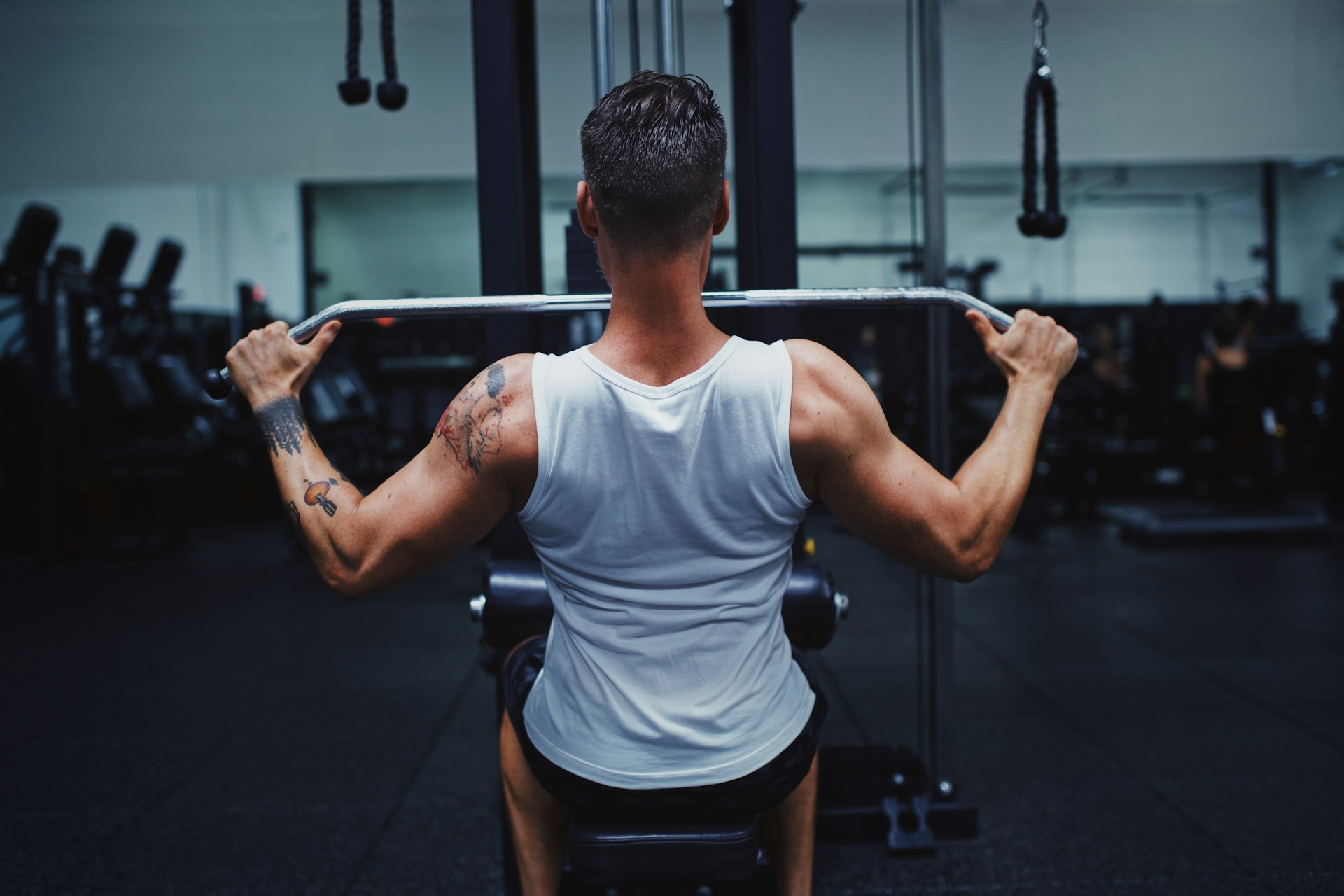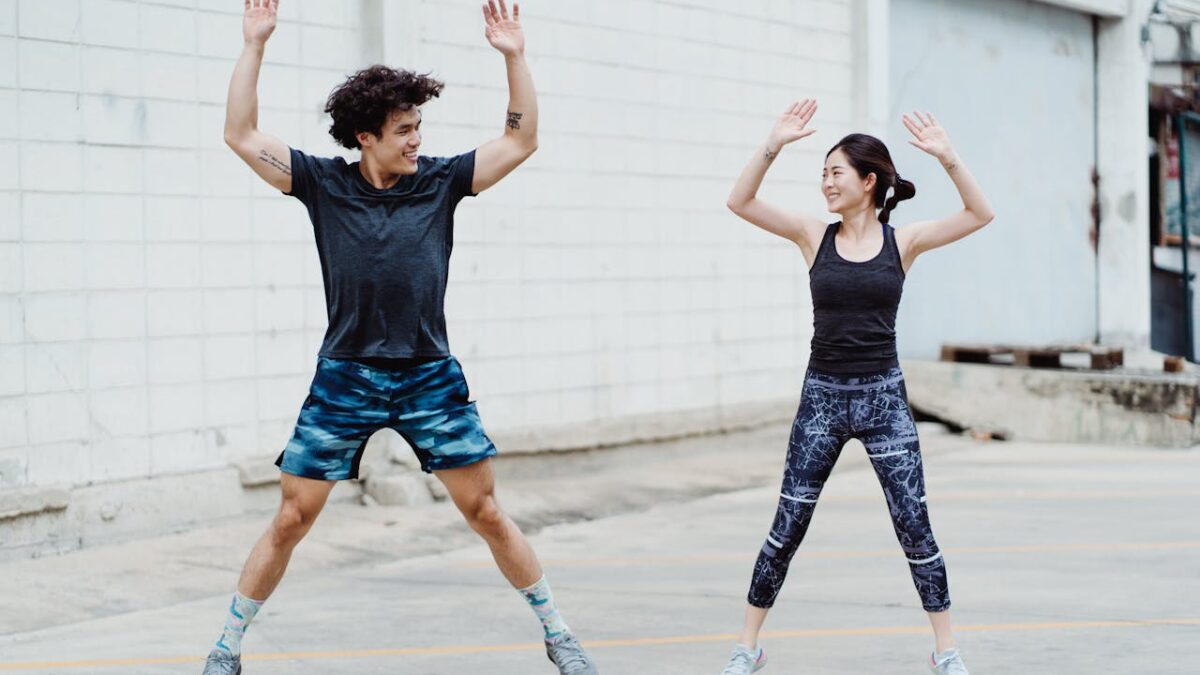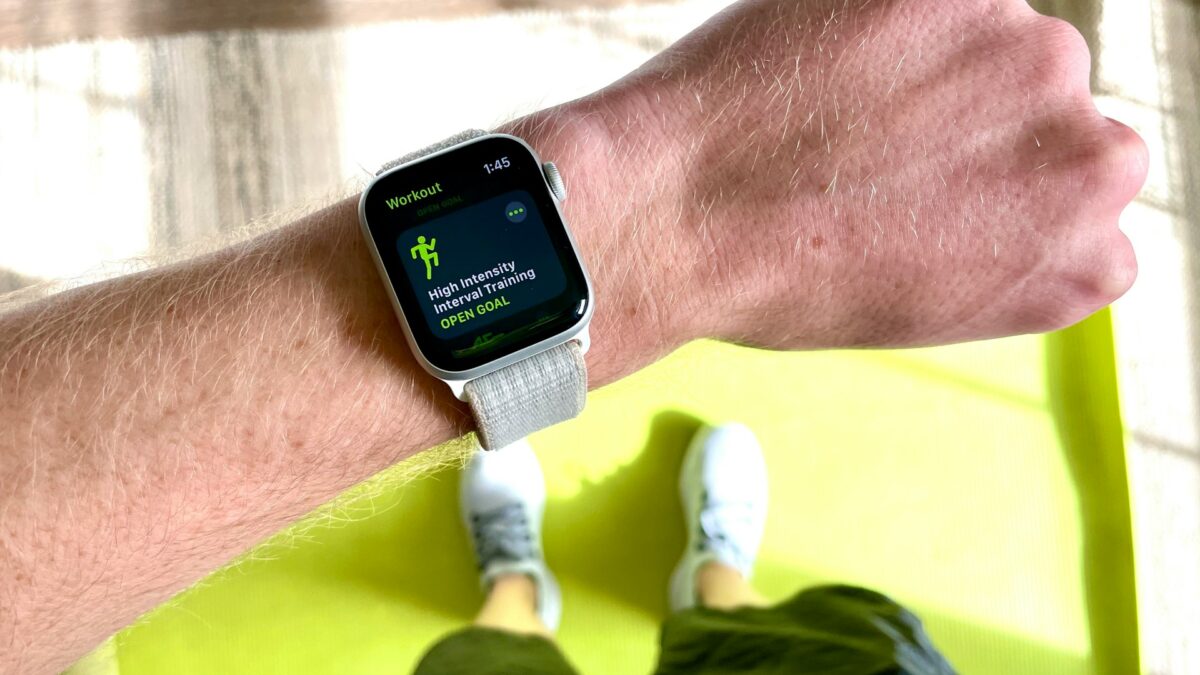
Beyond Pull-Ups: The Best Back Exercises You’ve Never Heard Of
The back is big, strong, and complex because it has many muscles. It is made up of four main sections: the upper and outer back, the lower dorsal, the middle back, and the lower back. Each area requires a different exercise regimen to achieve the best results. We’ll look at the two best exercises for each of the four areas.
Use the exercises below to put together your back workout plan. If you’re having trouble making progress in one area, try adding exercises to strengthen it. It’s about understanding which exercises are most effective in each area to build a back with the desired shape, thickness, and width.
Best Back Exercises
These exercises work different back muscles.
Area 1 – Upper/outer back
Use a wide grip to give your back a V-shape. You can do the exercises overhead or at a right angle.
The best exercises are pull-ups and bent-over rows with a dumbbell.
- Pull-ups with a wide grip are great for targeting the upper back. Extend your arms and relax your shoulders to give your legs a good stretch.
- As you come up, pull your elbows out.
- The goal is to lift as high as you can to work the lats.
If you’re having trouble pulling yourself up, use a pull-up machine.
To make it more challenging and more efficient, squeeze your shoulder blades together when hanging with your arms out.
Bent-over rowing with dumbbells
- Avoid standing on a bench to increase the range of motion. This can put extra strain on your lower back. Use smaller weight plates to get closer to the floor instead of trying to balance on a bench.
- If you keep your elbows by your sides and pull back as far as you can, you’ll get a full contraction.
- Keep your knees bent and your back straight. Lifting heavy weights can make you lose your posture, but it also engages other muscles.
For an even more intense workout, bring the barbell towards your upper abdomen with each lift.
Area 2 – Lower Dorsal
To make the lower dorsal work harder, try using a narrow, inverted grip for pull-ups and pulldowns. The straight-arm pulldown is great for training the latissimus dorsi.
- Try a reverse grip pull-up. This position lets you bring your elbows as far back as possible, which is great for your back muscles.
- Keep your upper body upright and only arch your back a little when your arms are fully extended. Pulling the barbell towards your chest makes your back muscles work harder.
- Pull your elbows back and down until the bar reaches your chest. Pull your shoulder blades together.
Straight Arm Pulldown
- Grab the barbell horizontally above your head, stand straight, and keep your arms straight throughout (bend your elbows only slightly).
- Let the barbell touch your thighs as you lower it. You’ll want to feel the movement in your lats. Just move your arms like a lever.
- The movement should be limited to your shoulders.
Keep going until the dumbbell touches your thighs. Then give your lats another squeeze.
Area 3 – Middle Back
You’ll get the best results with medium or dense rowing bars when training in this area. To build stronger muscles, pull the bar towards your abdomen or sides.
One-arm rowing
- Bend forward at the waist and place your right knee and hand on a flat bench or firm surface.
- Keep your left foot on the floor and hold the dumbbell with your left arm. Just let the dumbbell hang in front of you with your arm straight.
- Pull the dumbbell towards your hips. Keep your back straight and your abs tight. Pull your elbow up. At the top, squeeze your shoulder blades and lower the dumbbell. Repeat until the end of the set, then switch arms.
Cable rowing
To make it more challenging, hold it for a second or two at the moment you feel the most muscle contraction and squeeze your shoulder blades together.
Area 4 – Lower Back
It’s important to bend at the waist, not the hips. Otherwise, you’d be working the glutes or hamstrings. Keeping this area strong and healthy supports your back.
Back extension
- Get on the back extension bench and cross your arms. You can also add a weighted disk to make it more challenging.
- Bend at the waist and arch your back a bit.
- Tighten your lower back to bring your upper body back to the starting position. Just a heads-up, be careful not to hyperextend your back.
Make sure your hips are aligned with the bench. This keeps them from moving and puts the power on your lower back.
Stiff-Legged Deadlift
- Since the barbell is closer to the floor, your lower back is under more strain.
- Bend at the waist so the barbell hangs freely, and extend your arms. Keep your legs straight.
- Keep your back muscles engaged as you lower yourself.
- Push your hips forward. Make sure you’re standing up straight. The barbell should be resting on your thighs.
- Keep your upper body lifted, not your arms. Tone your back and hips.
Let your lower back relax a little in this position.
Best Training Plan
- Make sure you include an exercise to train your back.
- If you want to build muscle, do two or three sets of eight to 12 reps. If you’re looking to build strength, it’s best to use heavier weights with fewer reps (4-7). If you’re looking to build muscle and improve endurance, try using lighter weights and doing more reps (15-25).
A workout that builds muscle in the upper/outer back but targets all parts of the back would be something like this plan, which doesn’t include warm-up sets. Take a quick break for 1-2 minutes between sets.
Pull-ups (wide grip) / Upper back 3 12, 10, 8 reps.
Curved row with barbell / Outer back 3 8, 10, 12 reps.
Pulldown with cable / Middle back 3 8, 10, 12 repetitions.
Pulldown with reverse grip / lower back 3 x 12, 10, 8 repetitions.



